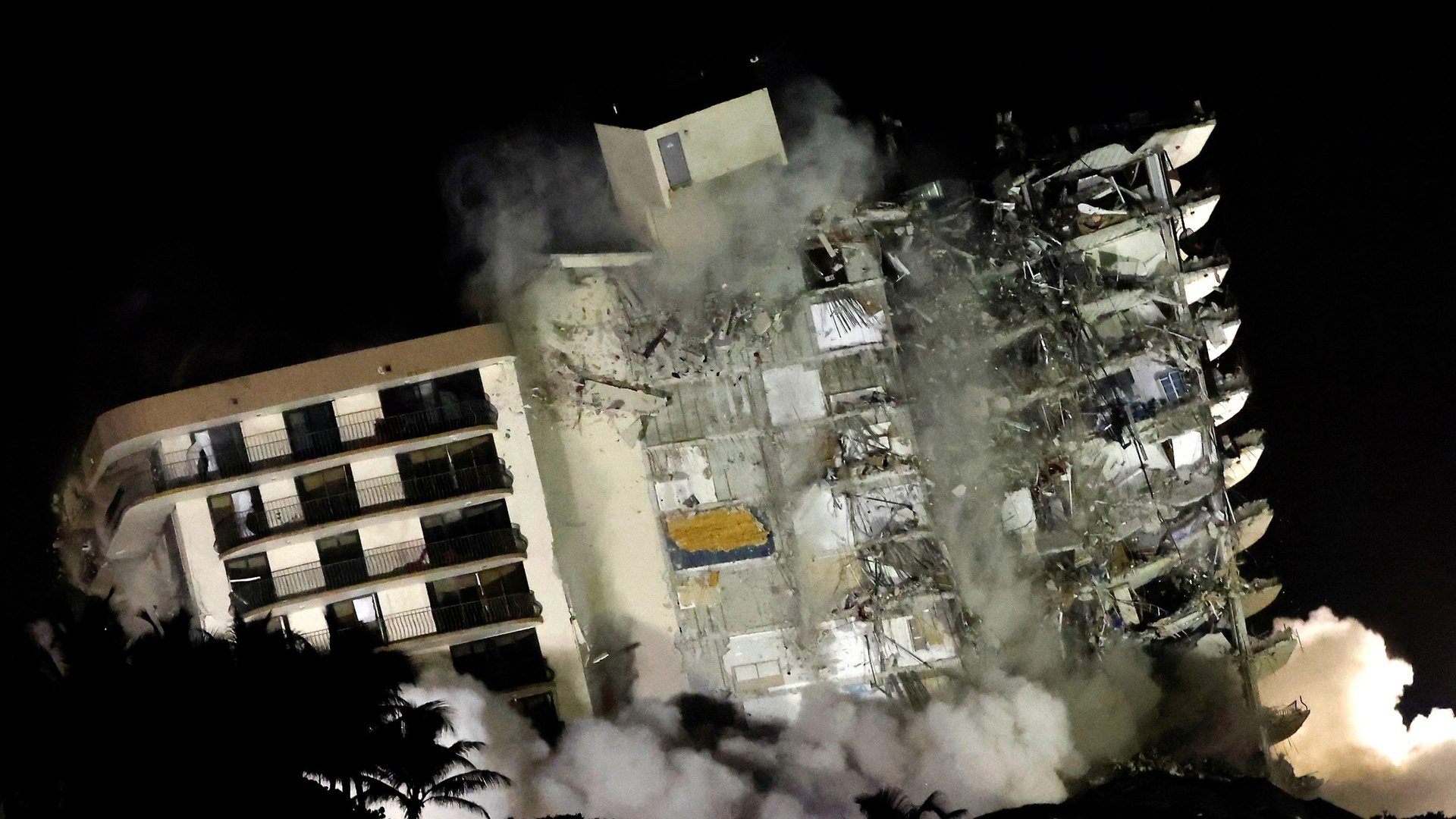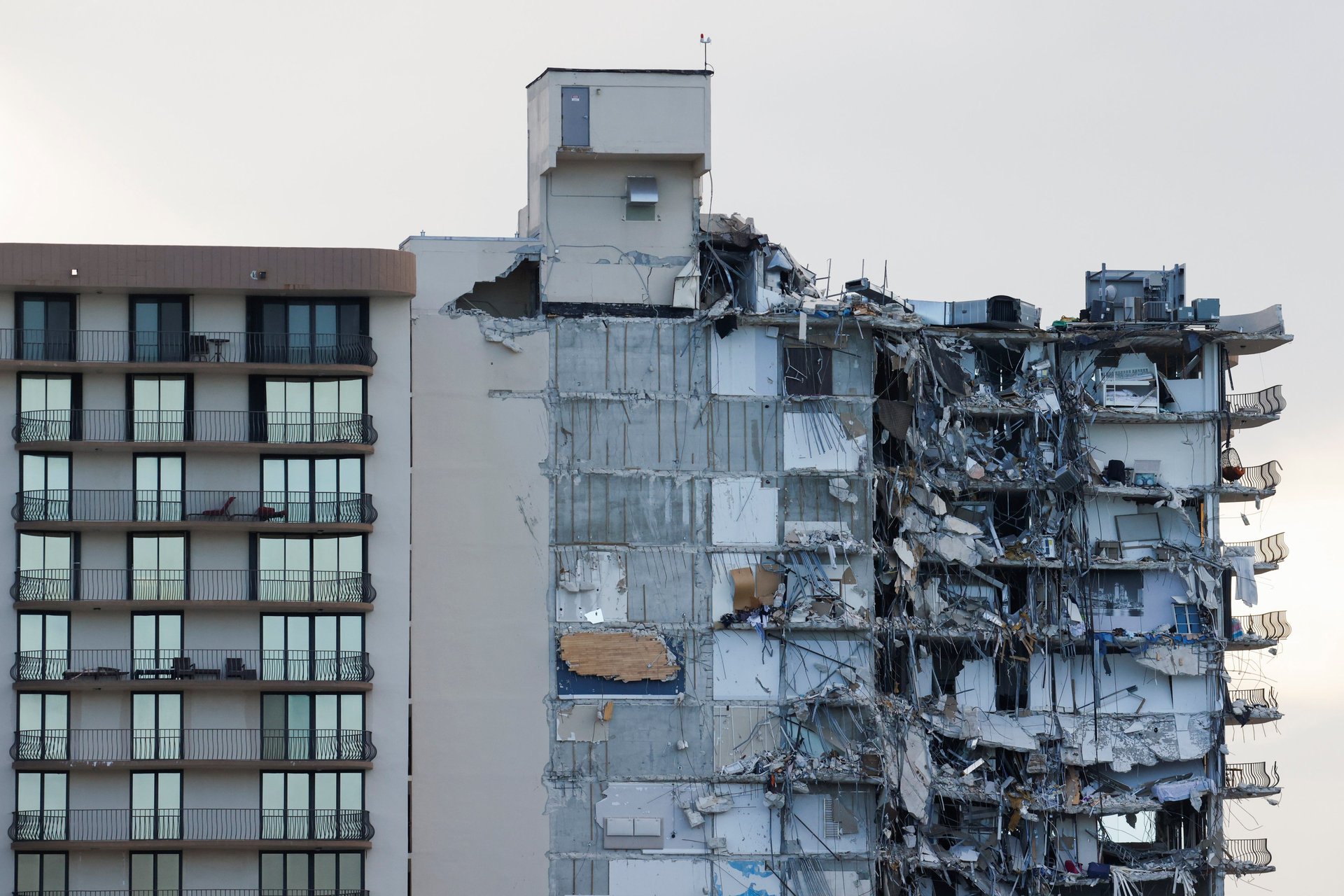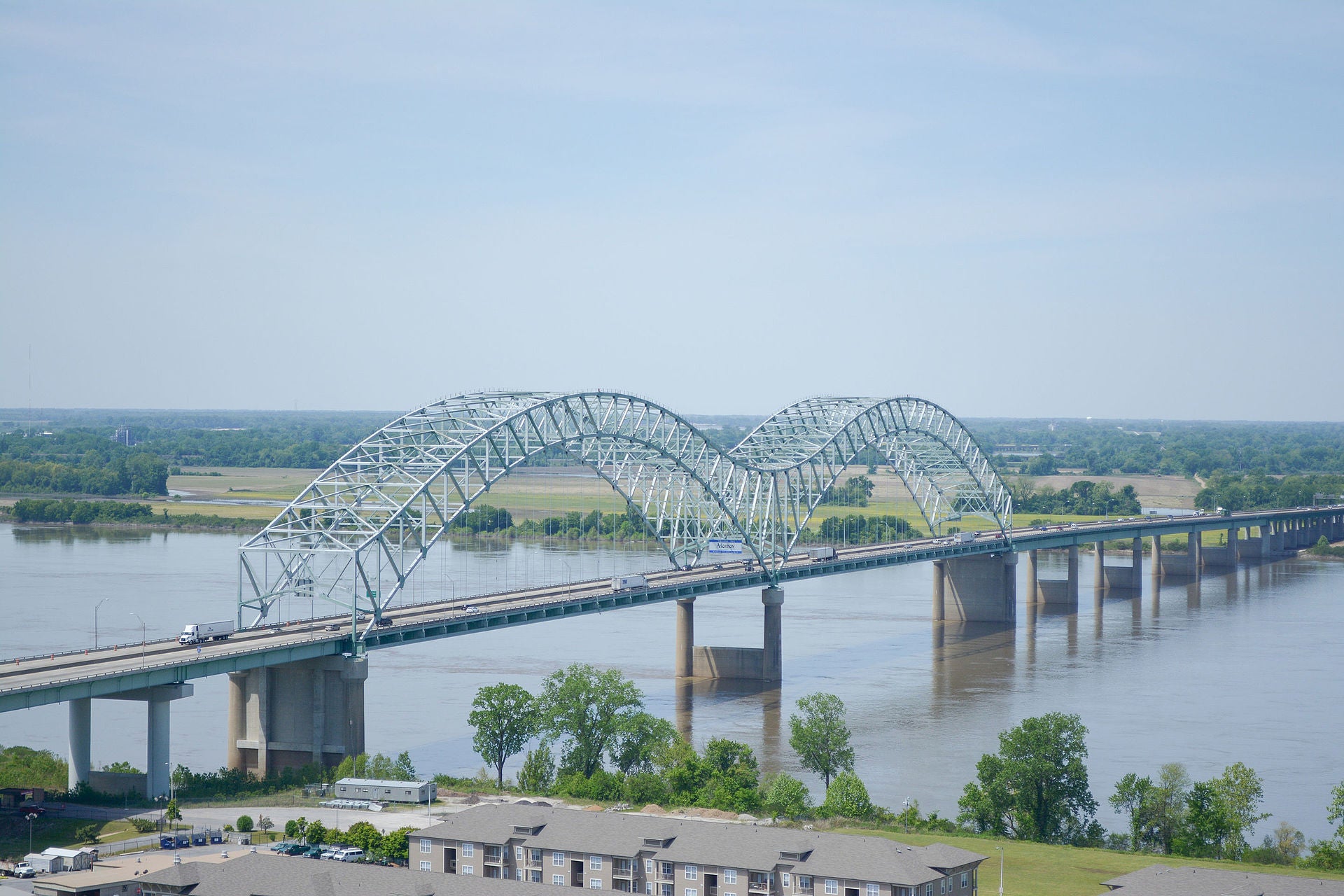America’s obsession with newness is making old buildings unsafe
More than two weeks ago, a 12-story condominium in Surfside, Florida collapsed in the early hours of June 24. After a methodical, dangerous search for survivors that was hampered by bad weather, officials in Florida finally called off the rescue mission on Wednesday (July 7), confirming 60 people killed, 11 injured, and at least 80 missing. The Champlain Towers tragedy is among the “deadliest mass casualty building collapses in US history.”


More than two weeks ago, a 12-story condominium in Surfside, Florida collapsed in the early hours of June 24. After a methodical, dangerous search for survivors that was hampered by bad weather, officials in Florida finally called off the rescue mission on Wednesday (July 7), confirming 60 people killed, 11 injured, and at least 80 missing. The Champlain Towers tragedy is among the “deadliest mass casualty building collapses in US history.”
Though several experts have offered opinions, the actual cause of the incident remains a mystery to city officials, and it has left many wondering about the structural integrity of the buildings they live and work in, beyond the beachside community.
Ron Stupi, senior vice president at the 200-year old building certification firm Bureau Veritas, believes that the root of the problem is largely philosophical. “We Americans have a tendency to invest in new things. There’s not a lot of glory refurbishing a bridge or a building because it looks the same at the end of the day,” he explains. “People like to see where their money is being spent. Obviously, inspecting or repairing something doesn’t provide the glamor of unveiling a brand new structure.”

America’s failing infrastructure
Though there have been several structural failures in the US, many found it hard to believe that a building could fall down suddenly as it did in Surfside. This optimism further deepens the lassitude about the routine upkeep of buildings. The aging infrastructure in the US in fact received a woeful C- grade from the American Society of Civil Engineers. The organization’s latest report states that an underground water pipe bursts every two minutes; 43% of US public roads are in poor condition, and 7% of bridges still being used by millions of commuters daily are “structurally deficient“.
Stupi says the complacency about structural maintenance even manifests in the behavior of American homeowners who tend to only have their home thoroughly inspected when they intend to sell it. He believes that it’s going to take a catastrophe of the magnitude of Surfside to hammer home the benefits of routine inspections and repairs.
“It’s just a hard lesson. Can something really fall down like that? [We now know that] the answer is yes it could,” he says. “Unfortunately until a tragedy happens, people may not take it as seriously.” Unlike elevators or cars that require regular checks and maintenance, there’s isn’t a consistent regulation that applies to built structures in the US.

A way forward
But it’s not all bad news. In May, inspectors caught a crack in time at the Hernando de Soto Bridge linking Arkansas and Tennessee. Officials promptly closed the 3-mile bridge over the Mississippi River to make the necessary repairs, and it is expected to reopen at the end of this month.
“That’s an example when a routine inspection did take place and the structural engineer made a large enough issue of the problems, and the government agencies heard them,” says Stupi. “They treated it with the appropriate level of seriousness.”